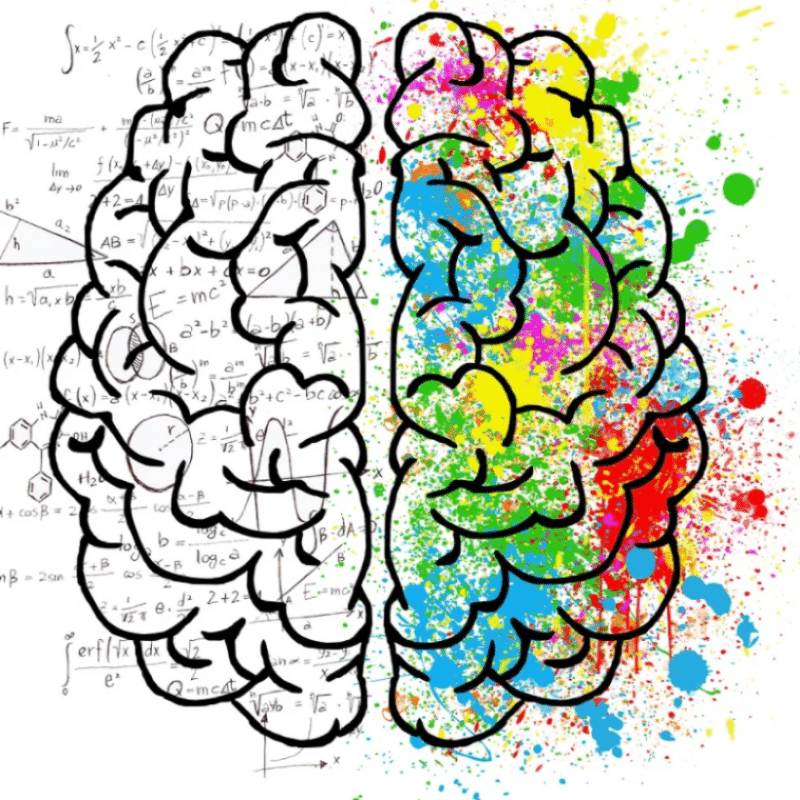Utilizing the Power of Bio-Feedback to Transform Persistent Discomfort Management and Improve Quality of Living
Utilizing the Power of Bio-Feedback to Transform Persistent Discomfort Management and Improve Quality of Living
Blog Article
Chronic pain is a condition that impacts millions of people around the world. It can be triggered by multiple elements, including injuries, diseases, or even anxiety. For many individuals, managing chronic pain can be a constant challenge that impacts their quality of life. Traditional treatments often consist of drugs, physical therapy, and occasionally surgery. However, these methods do not always provide the alleviation that patients desire. Lately, biofeedback has surfaced as a potential alternative for controlling chronic pain and improving overall well-being.
Biofeedback is a technique that teaches patients how to manage certain bodily functions by utilizing indicators from their own bodies. This approach involves using sensors that monitor physiological functions such as heart rate, muscle tension, and skin temperature. By offering real-time feedback, patients can learn to identify their body's reactions to pain and stress. This awareness allows them to formulate strategies to manage their pain more effectively. For instance, if a patient notices that their muscle tension rises when they are in pain, they can utilize relaxation techniques to help alleviate that tension.
One of the key advantages of biofeedback is that it empowers patients to take an active role in their pain management. Instead of relying solely on drugs or treatments from healthcare providers, patients can learn to comprehend and regulate their own bodies. This sense of control can lead to increased confidence and a more positive outlook on life. Many patients indicate feeling more in control of their pain and less like sufferers of their condition. This shift in perspective can significantly improve their standard of life.
Research has shown that biofeedback can be effective in alleviating chronic pain indicators. Research suggest that individuals who employ biofeedback techniques often like it undergo less pain and improved physical ability. Additionally, biofeedback can help reduce anxiety and stress, which are common issues for those living with chronic pain. By addressing both the physical and emotional aspects of pain, biofeedback offers a comprehensive approach to pain management. This comprehensive method can lead to superior outcomes for patients, allowing them to participate more completely in their routine activities.
In conclusion, biofeedback is a valuable tool for transforming chronic pain management. By teaching individuals to comprehend and regulate their physiological responses, biofeedback enables patients to take control of their pain. This approach not only helps reduce pain but also enhances overall quality of life. As more people seek options to conventional pain control methods, biofeedback stands out as a potential option. With continued research and awareness, biofeedback could become an essential part of chronic pain treatment, helping individuals lead more fulfilling, more satisfying lives.